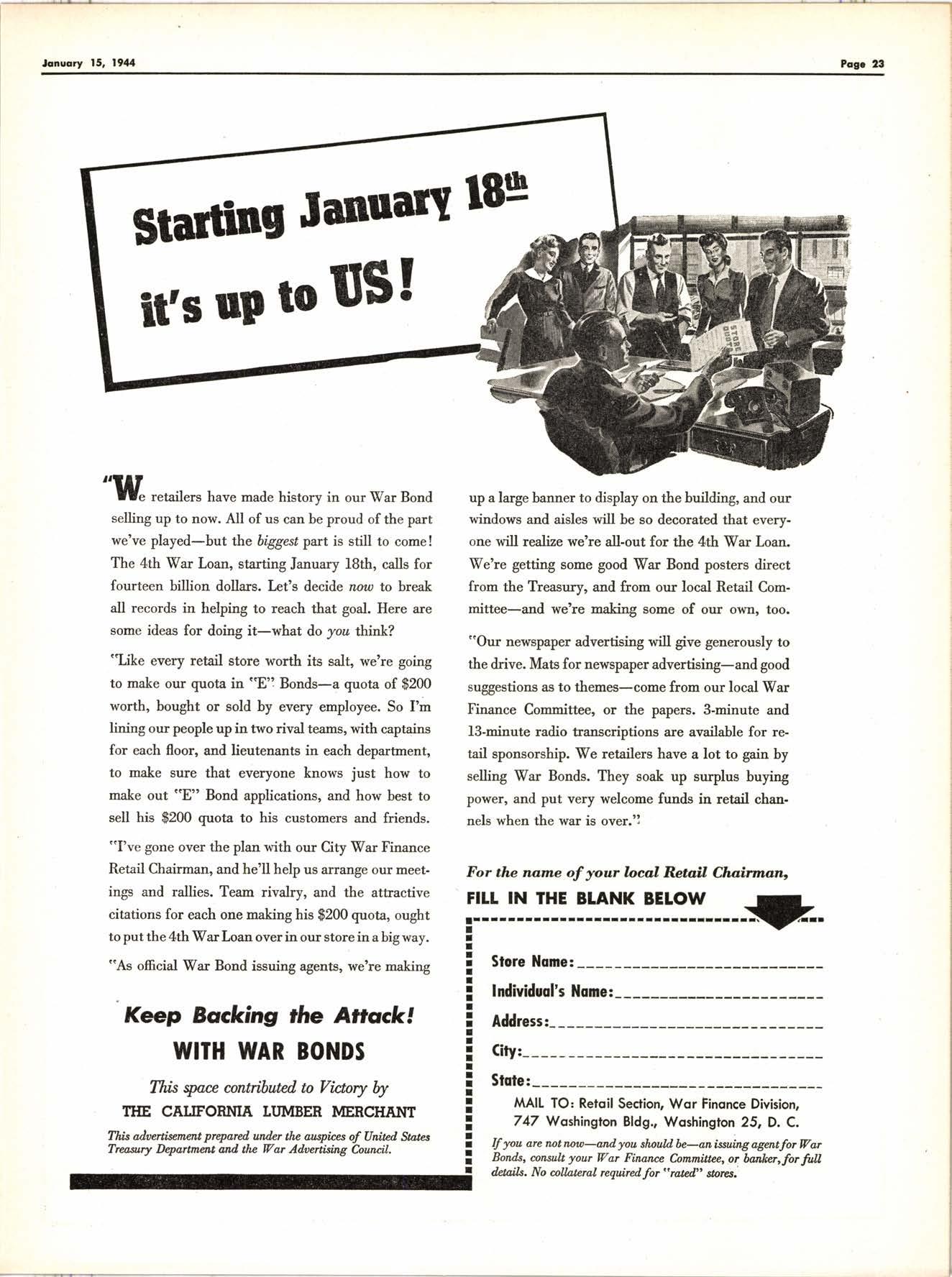
2 minute read
Bror Dahlbery Writes About Postwar Homes
(Here is a remarkable editorial from "The Celotex News," written by Bror Dahlberg, President of Celotex. Read it. The publishers of this journal are heartily in sympathy with the sentiments expressed, and the philosophy outlined concerning postwar homes. The Editor.)
The die-hards who scoffed "get a horse" every time an early automobile broke down are at it again. They don't believe in "fairy stories" or in "miracle. houses." I-ike the harness rnakers ol lX)Z, they want to stick to "the good old ways."
These people do not know what a real miracle is. They forget that it is miraclesthe fantastic, "impossible" dreams of yesterdaythat are the backbone of our free enterprise system: the miracle of producing the millions of automobiles that jam our peacetime highways, the radios that bring music and laughter into the crowded cities and the lonely farm shacks, the movies on every main street-the commonplace, everyday miracles that are the foundation of our standard of Iiving.
The true Miracle House of tomorrow will be measured by the same yardstick: can it be built to sell at a price the ordinary man can afford to pay? If not, it will be no miracle but just another luxury, even if it has movable walls that will change the size and shape of rooms, air conditioning that will reproduce any sort of climate at the touch of a button, and electrostatic equipment that will do all the housewife's dusting and cleaning.
For the building industry the real miracle will bi the production of substantial, attractive, durable homes within reach of the income of every able-bodied working man.
There are many arguments about how houses can be built, what material can be used, who will build and sell them. All are beside the point. The success of the low cost house will depend, not on whether it is built of this materidl or that, or just how it is made, but,whether it can be built to sell at a price the millions who have never been a^ble to own a home can then afford to pay.
It is easy for all of us, lumber dealers, builders, architects, and material manufacturers, to shrug our shoulders and say, "'We know nothing about building such low cost houses. We got along without building them before the war, and we can get along afterward."
The half-truth of that statement makes it dynamite. As an attitude for the industry, it can sabotage our entire domestic econpmy.
Whether we like it or not, the building industry will never go.back to "business as usual." Neither the industry nor our individual businesses op.tit" in a vacuum. Everything we do affects the general economy, and everything that happens in the general economy affects us.
After the war the No. 1 job for all industry will be to provide employment-more employment than has ever been provided before. Millions of workers will be seeking jobs, including men in the armed forces and war plants, more workers than ever.were employed in a peacetime year.
As the nation's largest industry, excepting agriculture, building can carry a large share of the reemployment burden. In its previous peak year the building industry employed 4mW workers in the erection of all types of stru-ctures, and perhaps one and one-half times that number, or 3,600,00 in building material and equipment manufacture, a total of 6,000,000 workers.
In its peak year, the industry built about 937,000 new. home units. At the prewar price level for homes, that is about the maximum number of dwellings that can be sold. ff more homes are to be built and more workers employed, the industry must expand its market among the lower income groups which it has never before,reached.
If a good, attractive low cost house can be built, the industry can reasonably expect to double the size of its
(Continued on Page 19)










